Date: 22 November 2006
And all eyes, at least for a moment, are fixed on a silver flagpole bearing paint supplied by Pittsburgh's PPG Industries.
This was no ordinary paint job.
Across the street from Mao Zedong's monumental portrait and a 584-year-old palace, the pole stands as a symbol of the Chinese proletariat -- the spot where Chairman Mao first raised the red flag and its five stars following the communists' takeover of the country on Oct. 1, 1949.
Every morning, armed guards carrying guns and swords hoist the same flag up the pole in an elaborate ceremony that, on this day, involves a broadcast of the national anthem, the release of 10,000 doves and the light mood of hundreds of thousands of Chinese celebrating National Day -- the anniversary of Mao's ascension to power.
In Mao's time, American companies such as PPG were not allowed in state-dominated China. PPG's silvery paint job -- applied in 2001 after the old paint began to peel and flake -- is a high-profile sign that, three decades after Mao's death, communist China is very much open to foreign business.
The world's most populous nation is now the fifth-largest export market for Pennsylvania, with sales to China having grown 238 percent between 2000 and 2005. At least 20 Pittsburgh-area companies have offices or plants in China, according to the Allegheny Conference on Community Development, organizer of a local trade mission that will make its trek to the so-called Middle Kingdom in 2007.
Many have been there for decades, hoping to capture a share of the world's fastest-growing economy by selling to its 1.3 billion consumers or to use its low-cost labor to produce cheaper products. For example:
Aluminum maker Alcoa entered China in 1993 and now has more than a dozen plants there, relying on Asia to consume as much aluminum in the next 14 years as the rest of the world does today.
Latrobe tool maker Kennametal, which entered China in 1991, recently spent $31 million opening a new plant employing 200 in northeast China, bringing its total investment across the country to $66 million.
Downtown ketchup maker H.J. Heinz has been churning its stuff out there since 1986, when it opened an infant food factory in Guangzhou. It also assists Chinese tomato growers in Xinjiang, a western Chinese province.
O'Hara equipment maker Mine Safety Appliances, now known as MSA, entered China in 1988, when it opened a chemical instruments factory. It now makes devices that Chinese coal miners use to detect for toxins and combustible gases, in a country that produces more coal than any nation in the world.
Bayer AG, which keeps a North American headquarters in Robinson, is spending $1.8 billion on the expansion of a Shanghai plant that makes materials used in automotive paints, CDs and DVDs. It is the company's biggest investment outside Germany.
Metals maker Allegheny Technologies now counts on China for about 7 percent of its sales, producing specialty metals from a plant in Shanghai.
Transportation giant Bombardier is building, from its plant in West Mifflin, people movers that will be used to ferry millions around Beijing during China's 2008 Summer Olympics.
While China is the land of opportunity for many Pittsburgh companies, it also remains a place of fear.
Some competitive restrictions remain in place. Foreign steel companies, for example, are not allowed to have a majority stake in Chinese steel companies. And there are longstanding concerns about the safety of intellectual property, the fragility of contract law and corruption that still exists throughout the country.
No company knows these contradictions better than PPG, one of the first local companies to learn some hard lessons about doing business here, its first glass plant opening only nine years after Chinese leader Deng Xiaoping adopted the new open-door policy.
PPG's $100 million American-Chinese venture, in the southern part of China, was praised as an example of how China had changed, one of the largest and most sophisticated foreign projects attracted to date. Its second $100 million glass plant opened in 1992, in the northeast city of Dalian.
The person who approved both investments was then-PPG Chief Executive Officer Vince Sarni, who saw China as "a huge market with huge potential. We felt we had to get in there."
But some mistakes were made. "We didn't have the relationships," he said.
Nor did the company have many people who knew anything about Chinese history, culture or law.
As Mr. Sarni understood it, PPG would be allowed to sell its glass to Chinese consumers. But once the plants were up and running, PPG learned from the Chinese that it could not, for competitive reasons, sell its product within China, according to Mr. Sarni.
To protect local glassmakers, PPG had to ship its glass to other countries, a need already being filled by PPG plants around the world.
PPG had wasted its money.
"Contracts as we know them today were not viewed in the same light by the Chinese," Mr. Sarni said. "They did not abide by critical parts of the contract that was made."
PPG eventually sold its interest in both factories, taking a $102 million charge and learning "some lessons we would have rather not have taken," Mr. Sarni said.
But PPG rebounded from the bad investments. Its sales in China now total $350 million -- or 4 percent of its global total. The goal is to raise that number to 8 percent in the coming years.
Beyond its presence in Tiananmen Square, PPG also supplied the paint for two expansions of a Shanghai airport and the coating for the country's tallest office tower -- the 88-story Jin Mao Building in Shanghai. In 2008, PPG's paint also will cover the 101-story Shanghai World Financial Center, a Shanghai building still under construction but soon to be the world's tallest structure when completed.
Both skyscrapers, overlooking Shanghai's Huangpu River, are symbols of how a country paralyzed by war, poverty and inner turmoil is embracing wild, unfettered, U.S.-style capitalism as it regains primacy around the world.
In an email, Bob Niederberger, who ran PPG's first Chinese glass plant when it opened in 1987 and now lives in the North Hills, said: "I remain confident that ventures there can be profitable. But Westerners need to be patient."

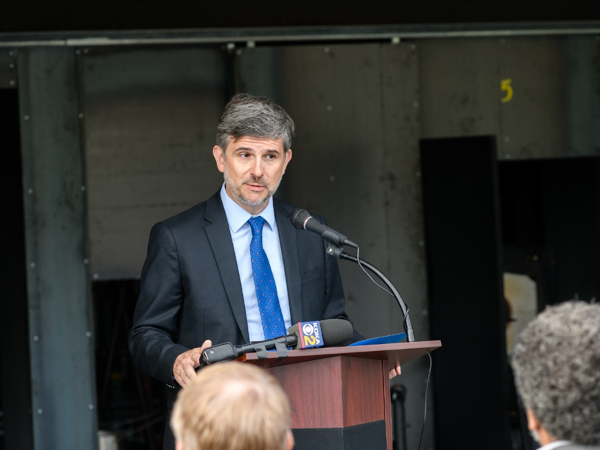
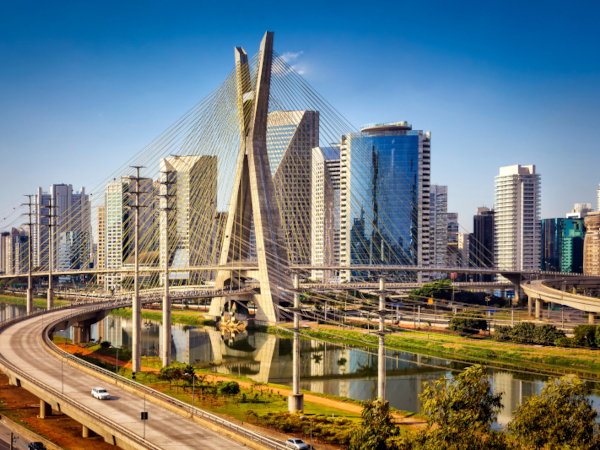
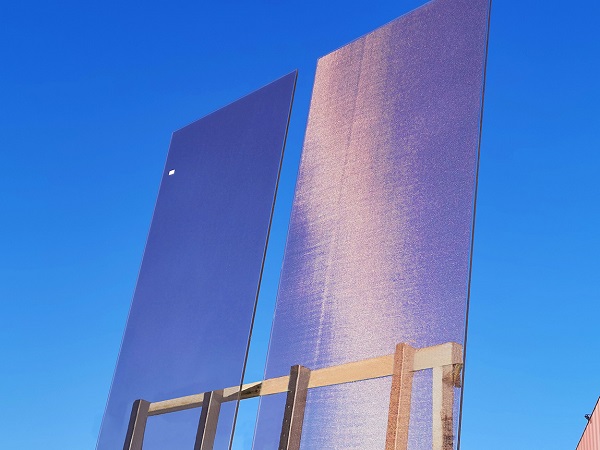
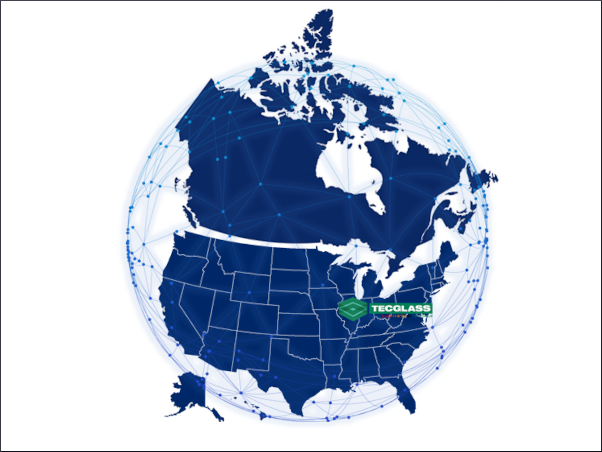
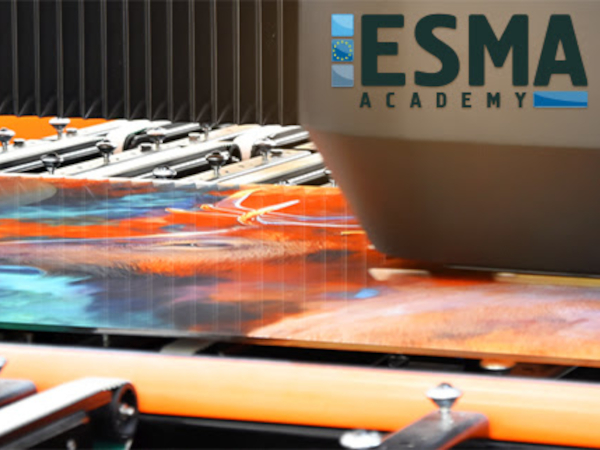
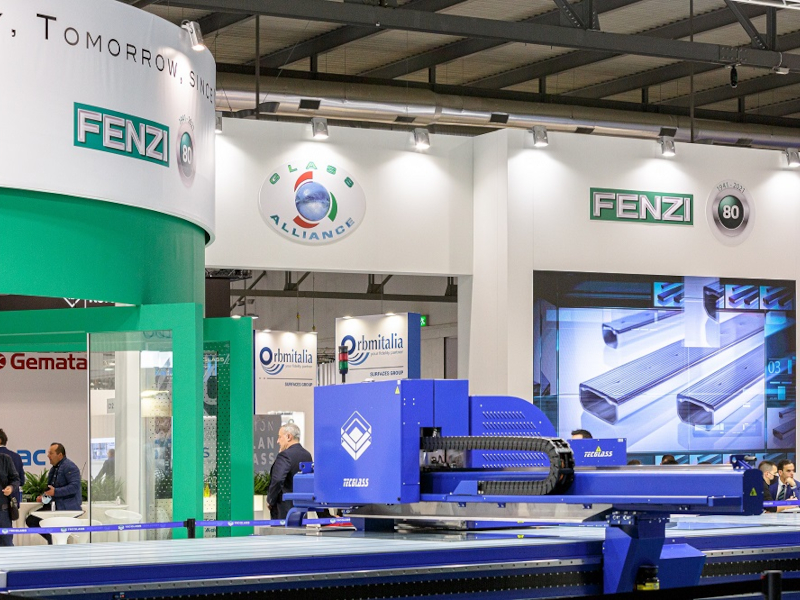



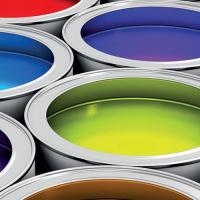
Add new comment